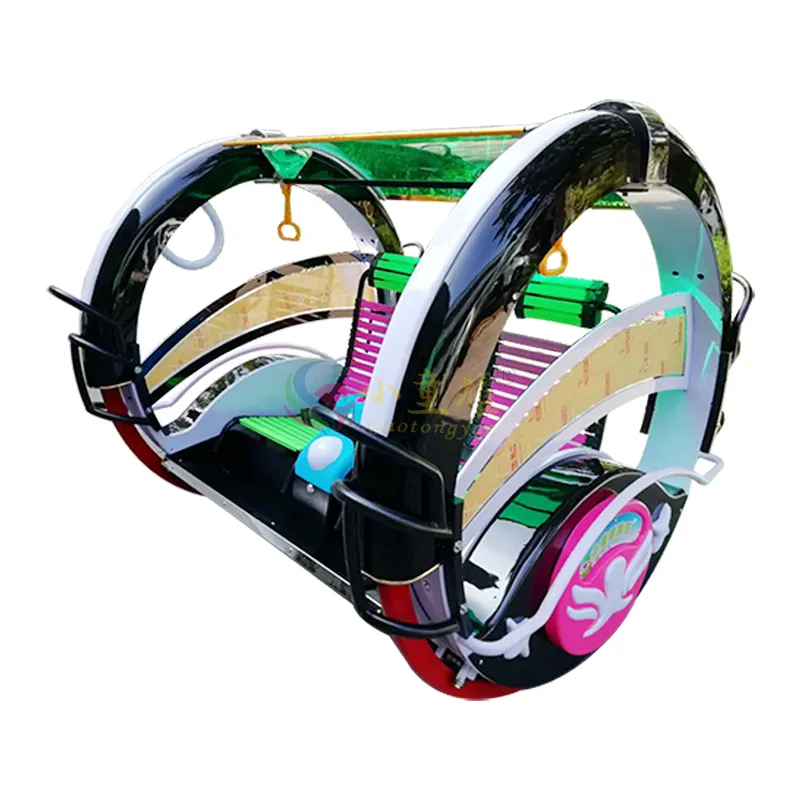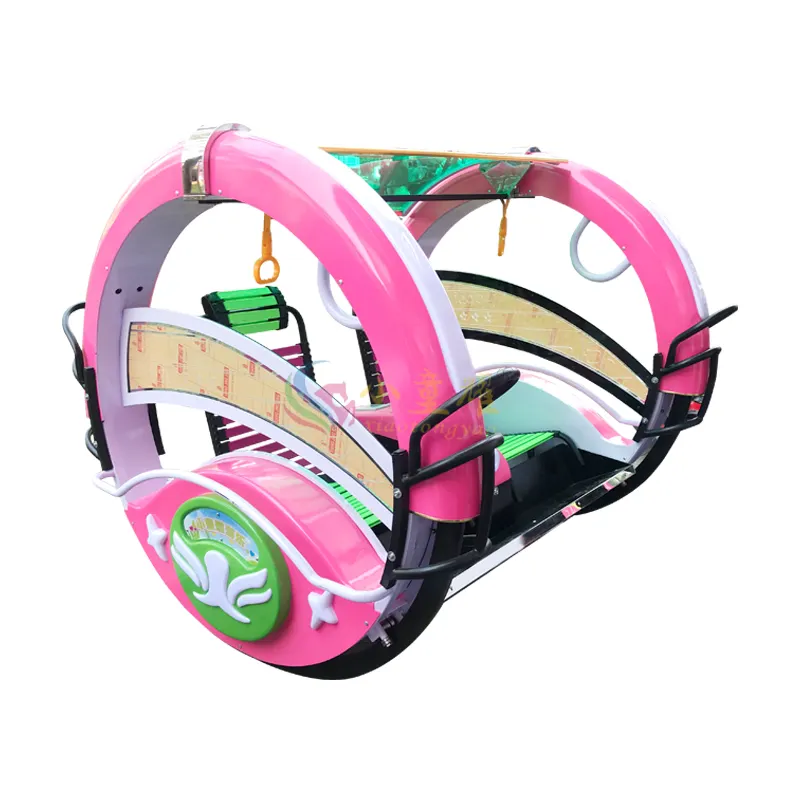Transforming Tourism Through Modern Transportation Solutions
The tourism industry continues to evolve, and sightseeing vehicles have emerged as a game-changing element in how visitors experience tourist destinations. These specialized modes of transport have revolutionized the way people explore and connect with popular attractions, offering an innovative blend of comfort, convenience, and comprehensive tour experiences. From electric shuttles gliding through historic city centers to custom-designed buses navigating scenic routes, these vehicles have become an integral part of modern tourism infrastructure.

Enhanced Visitor Experience and Accessibility
Comfort and Convenience for All Tourists
Sightseeing vehicles provide an unparalleled level of comfort for tourists exploring destination areas. These purpose-built vehicles often feature panoramic windows, climate control systems, and ergonomic seating designed for optimal viewing and relaxation. Elderly visitors, families with young children, and those with mobility challenges can particularly benefit from these accommodations, ensuring no one misses out on the destination's highlights.
Modern sightseeing vehicles also come equipped with audio systems delivering multilingual commentary, allowing international visitors to fully understand and appreciate the attractions they're experiencing. This technological integration helps break down language barriers and enriches the overall tourist experience.
Efficient Coverage of Tourist Attractions
One of the most significant advantages of utilizing sightseeing vehicles is the ability to cover extensive ground in a relatively short time. Tourists can visit multiple landmarks and attractions within a single day, maximizing their travel experience without exhaustion. These vehicles follow carefully planned routes that optimize time management while ensuring comprehensive coverage of key points of interest.
Professional drivers familiar with local traffic patterns and shortcuts ensure efficient navigation through busy tourist zones, allowing visitors to focus entirely on enjoying the sights rather than worrying about transportation logistics.
Environmental and Economic Impact
Sustainable Tourism Solutions
Modern sightseeing vehicles increasingly incorporate eco-friendly technologies, supporting sustainable tourism initiatives. Many operators now use electric or hybrid vehicles, significantly reducing carbon emissions in tourist zones. This environmental consciousness not only helps preserve natural attractions but also appeals to the growing segment of eco-conscious travelers.
The implementation of these sustainable transport solutions has shown remarkable results in reducing the overall environmental footprint of tourism activities. Cities worldwide are reporting decreased pollution levels and improved air quality in areas where eco-friendly sightseeing vehicles have replaced traditional tours.
Economic Benefits for Tourist Destinations
The integration of sightseeing vehicles into tourist zones creates multiple economic advantages for local communities. These services generate employment opportunities, from drivers and tour guides to maintenance staff and administrative personnel. Additionally, organized tours often incorporate stops at local businesses, restaurants, and craft shops, stimulating the local economy.
Tourist zones that have implemented comprehensive sightseeing vehicle networks often see increased visitor spending and longer average stay durations. This economic impact extends beyond direct tourism revenue, creating a ripple effect that benefits the broader community.
Safety and Operational Excellence
Professional Standards and Regulations
Sightseeing vehicles operate under strict safety protocols and professional standards. Operators must adhere to rigorous maintenance schedules, driver training programs, and safety certifications. This commitment to safety provides peace of mind for tourists and helps maintain the reputation of tourist zones as secure destinations.
Regular vehicle inspections, emergency response protocols, and comprehensive insurance coverage are standard practices in the industry. These measures ensure that tourists can explore attractions with confidence, knowing they're in capable hands.
Advanced Technology Integration
Modern sightseeing vehicles leverage cutting-edge technology to enhance both safety and user experience. GPS tracking systems, real-time route optimization, and digital booking platforms make services more accessible and reliable. Many vehicles now feature advanced safety features such as collision avoidance systems and electronic stability control.
The integration of mobile apps and digital guides allows tourists to access additional information about attractions, plan their routes, and even receive real-time updates about service schedules and availability.
Future Developments and Innovations
Emerging Technologies in Tourist Transportation
The future of sightseeing vehicles looks promising with ongoing technological advancements. Autonomous vehicles are being tested in some tourist zones, potentially revolutionizing how guided tours operate. Virtual and augmented reality features are being integrated into vehicle systems, offering immersive historical recreations and interactive experiences during tours.
These innovations promise to further enhance the tourist experience while maintaining the essential benefits of organized sightseeing services. The industry continues to adapt to changing consumer preferences and technological capabilities.
Customization and Personalization
Tourist preferences are evolving, and sightseeing vehicle services are responding with increased customization options. From specialized themed tours to flexible hop-on-hop-off services, operators are diversifying their offerings to cater to different interests and schedules. This adaptability ensures that sightseeing vehicles remain relevant and valuable to a wide range of visitors.
The trend towards personalization extends to booking systems and tour planning, allowing tourists to create custom itineraries that perfectly match their interests and time constraints.
Frequently Asked Questions
How do sightseeing vehicles accommodate passengers with disabilities?
Modern sightseeing vehicles are designed with accessibility in mind, featuring wheelchair ramps, spacious aisles, and designated spaces for mobility devices. Many operators provide additional assistance for boarding and disembarking, and staff receive specialized training in supporting passengers with various needs.
What measures are in place to ensure tourist safety during sightseeing tours?
Sightseeing vehicle operators maintain comprehensive safety protocols, including regular vehicle maintenance, professional driver training, and emergency response procedures. Vehicles are equipped with safety features such as first-aid kits, fire extinguishers, and communication systems for immediate assistance if needed.
Are sightseeing vehicle tours available year-round in tourist zones?
Most tourist zones offer sightseeing vehicle services throughout the year, with adjustments made for seasonal conditions. Operators often modify schedules and routes based on weather conditions, tourist volumes, and special events. Many vehicles are equipped for all-weather operation, ensuring consistent service availability.




